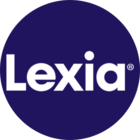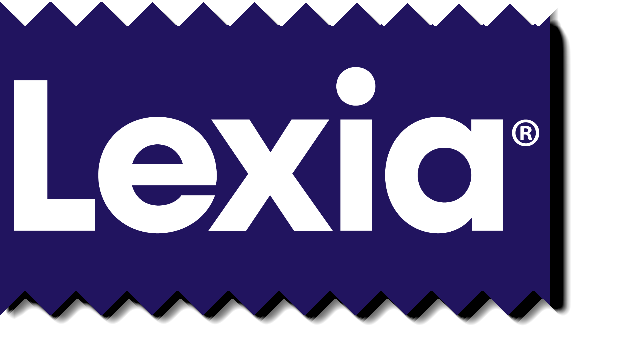What is PowerUp?
Overview
If your child works in PowerUp at home, learn more about PowerUp, how PowerUp works, and what skills PowerUp teaches.
Applies to: Families and caregivers of students who use Lexia® PowerUp Literacy® at home.
What is Lexia PowerUp Literacy?
PowerUp is a computer-based program that adapts instruction to the specific needs of adolescent learners.
The activities in PowerUp support and build on your school's English Language Arts curriculum, focusing on developing reading skills in three areas: word study, grammar, and comprehension.
How does PowerUp work?
Students begin at a point in each area of the program that is right for them, based on the results of a brief set of placement activities.
Students get a weekly unit goal for each of the three skill areas of the program (Word Study, Grammar, and Comprehension). A student's unit target is reset at the beginning of each week. Students can track their weekly unit progress and completion on the program's student dashboard.
Students also get a weekly time goal of 75–135 minutes. Total time includes 25-45 minutes in each of the three areas of the program. This weekly goal decreases over time as students make progress. Students can track how much time they've spent in each skill area on the student dashboard.
Online activities include direct instruction and immediate feedback as your student learns new skills.
Progress and performance in the program are reported directly to teachers so that they can provide assistance when needed.
Paper-and-pencil and hands-on activities are used for practicing and extending skills.
What skills does PowerUp teach my learner?
PowerUp uses a structured and systematic approach to filling in skill gaps for adolescent learners. The program is broken up into three main skill areas, since students may have different needs in each.
Word Study — Students develop reading accuracy and fluency by focusing on sound and syllable patterns in words.
Grammar — Students learn how written language works in order to improve their writing and reading comprehension. They learn how parts of speech function in sentences and how sentence parts convey meaning.
Comprehension — Students learn skills & strategies to become independent and strategic readers. Passages include original and authentic texts of multiple genres including informational texts, narratives, drama, and poetry.




